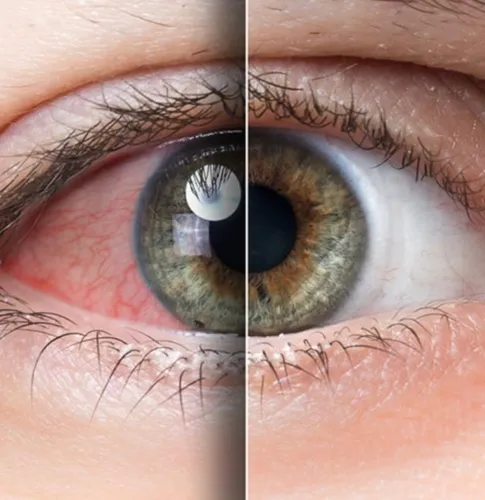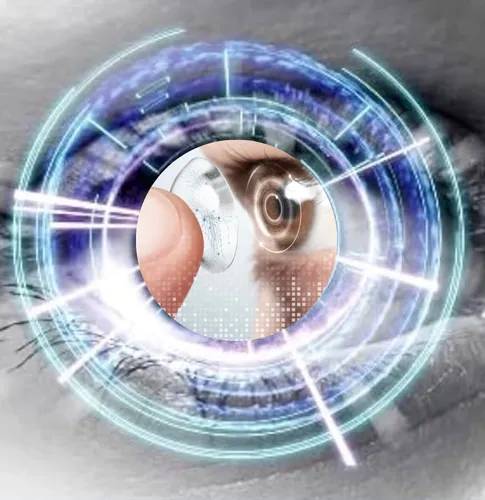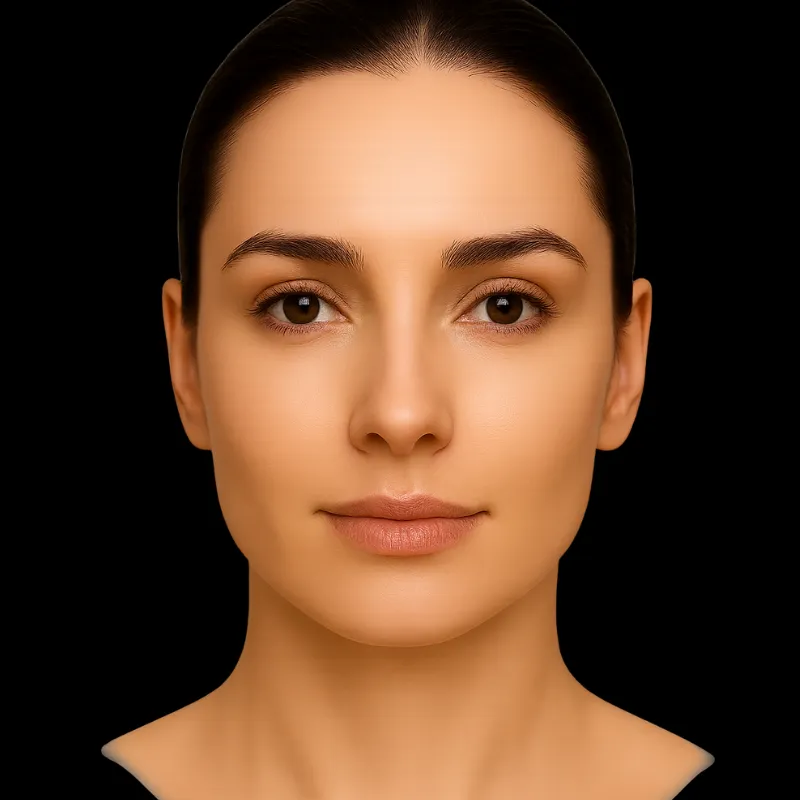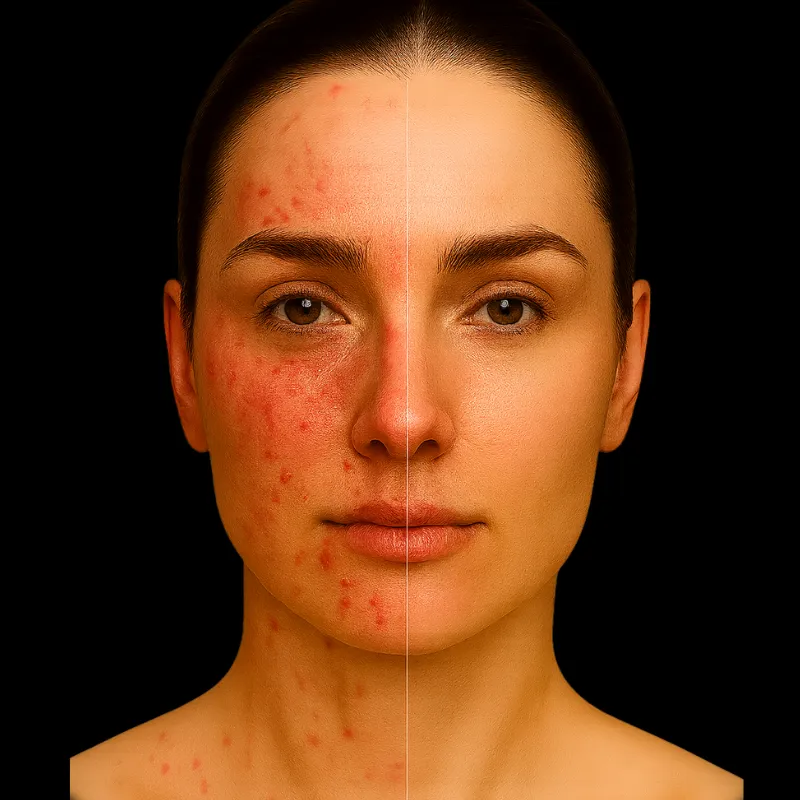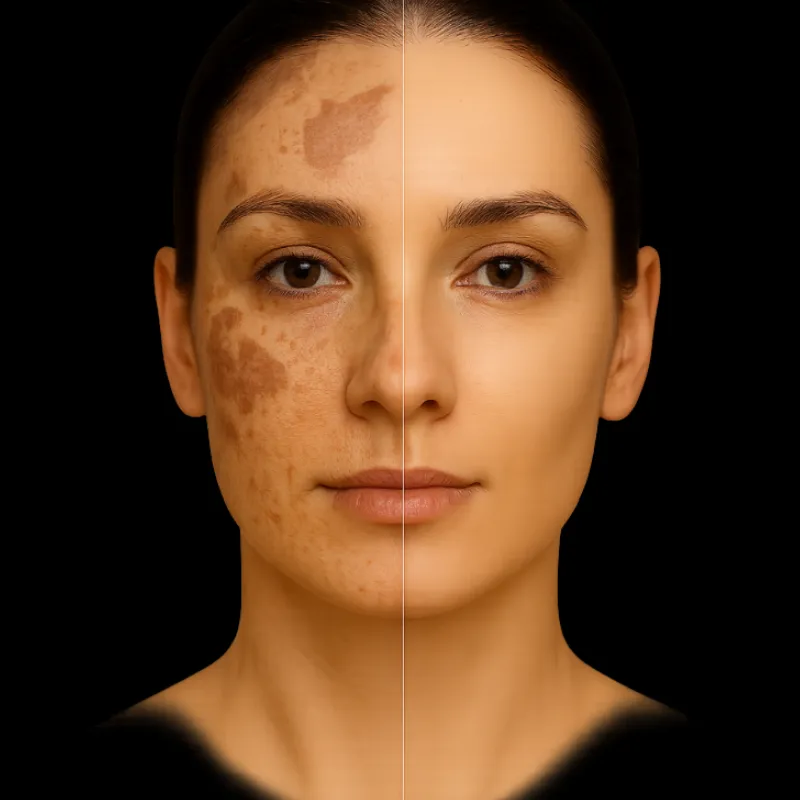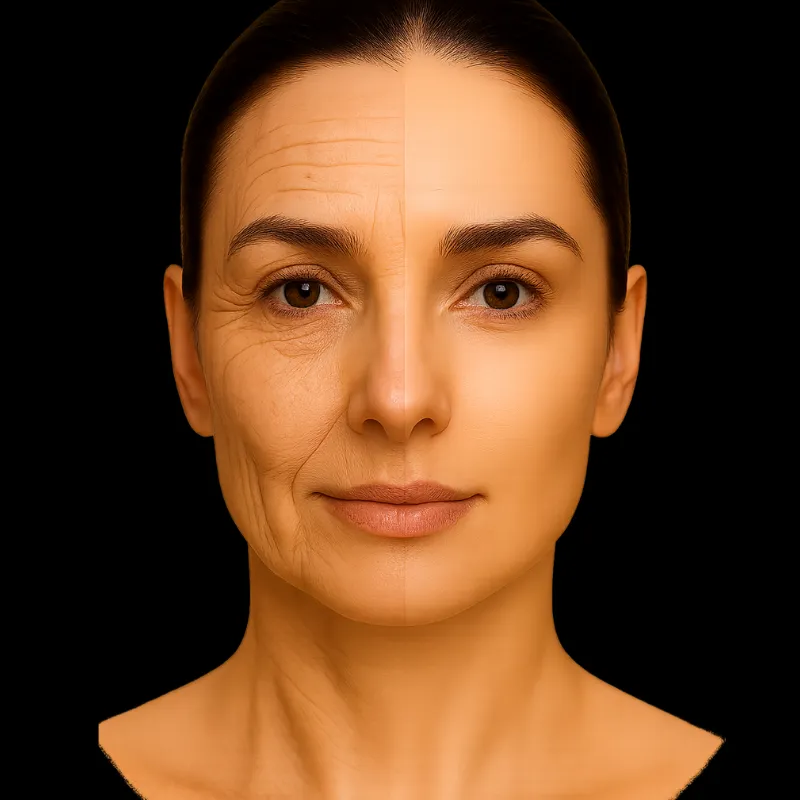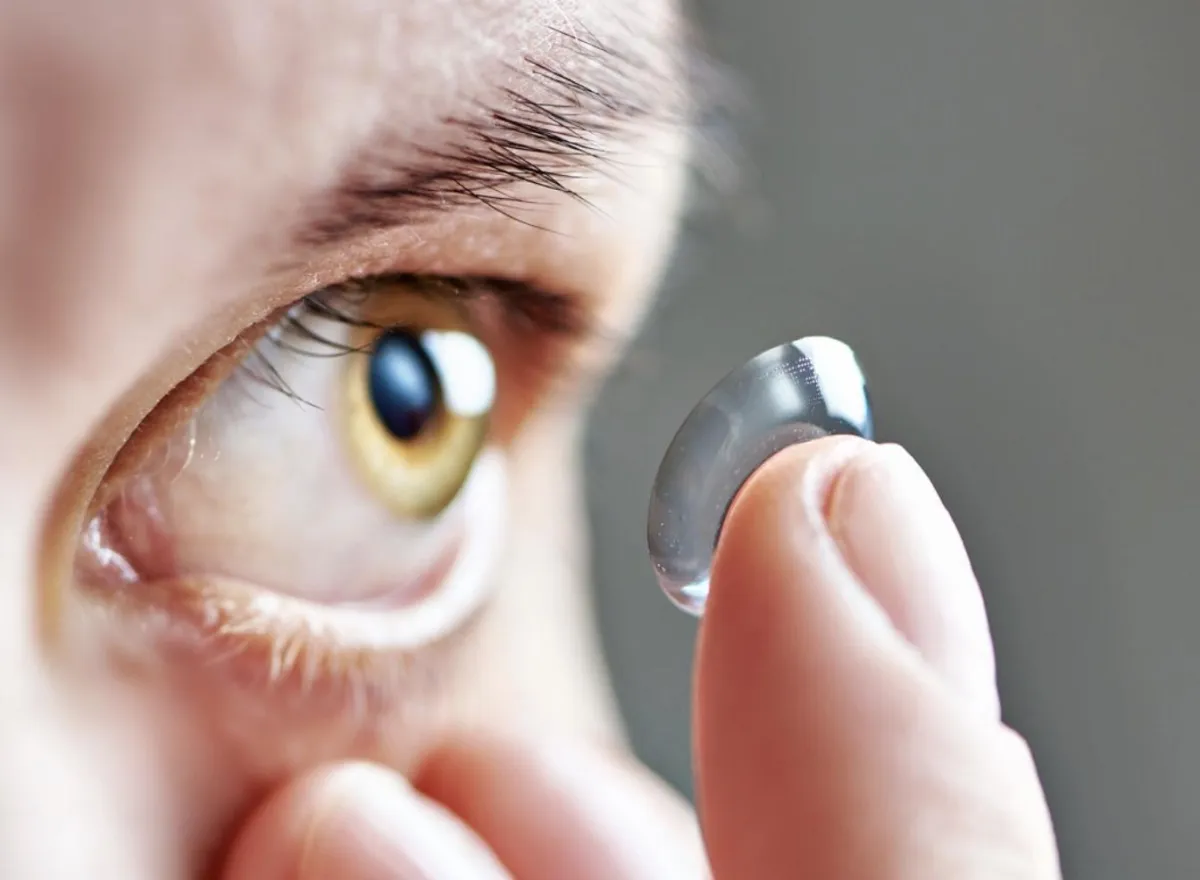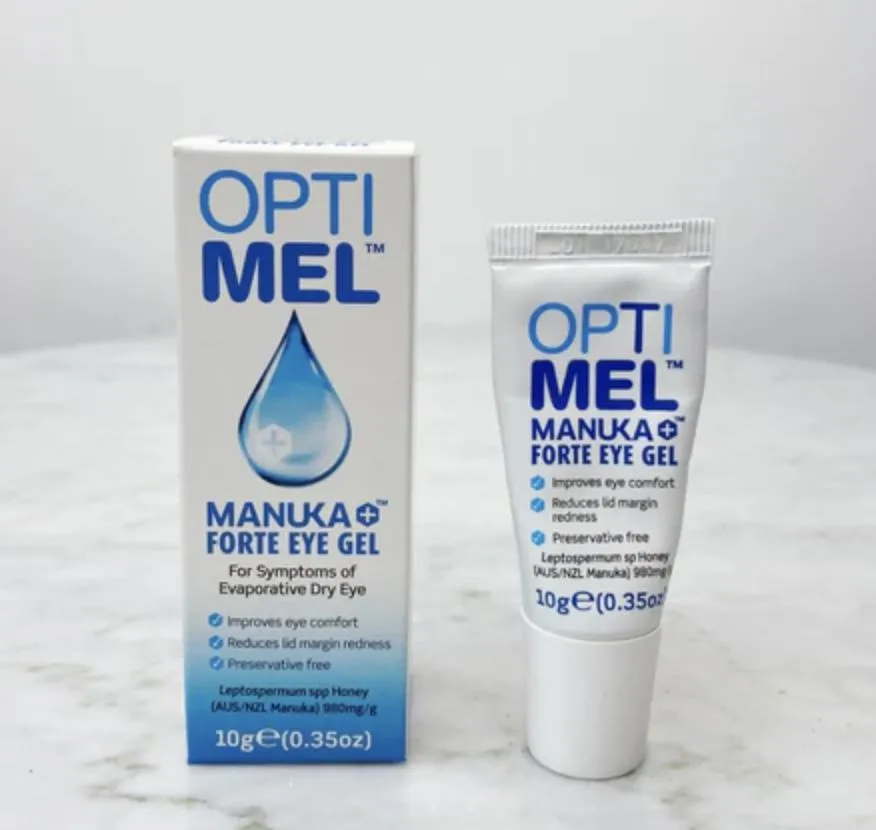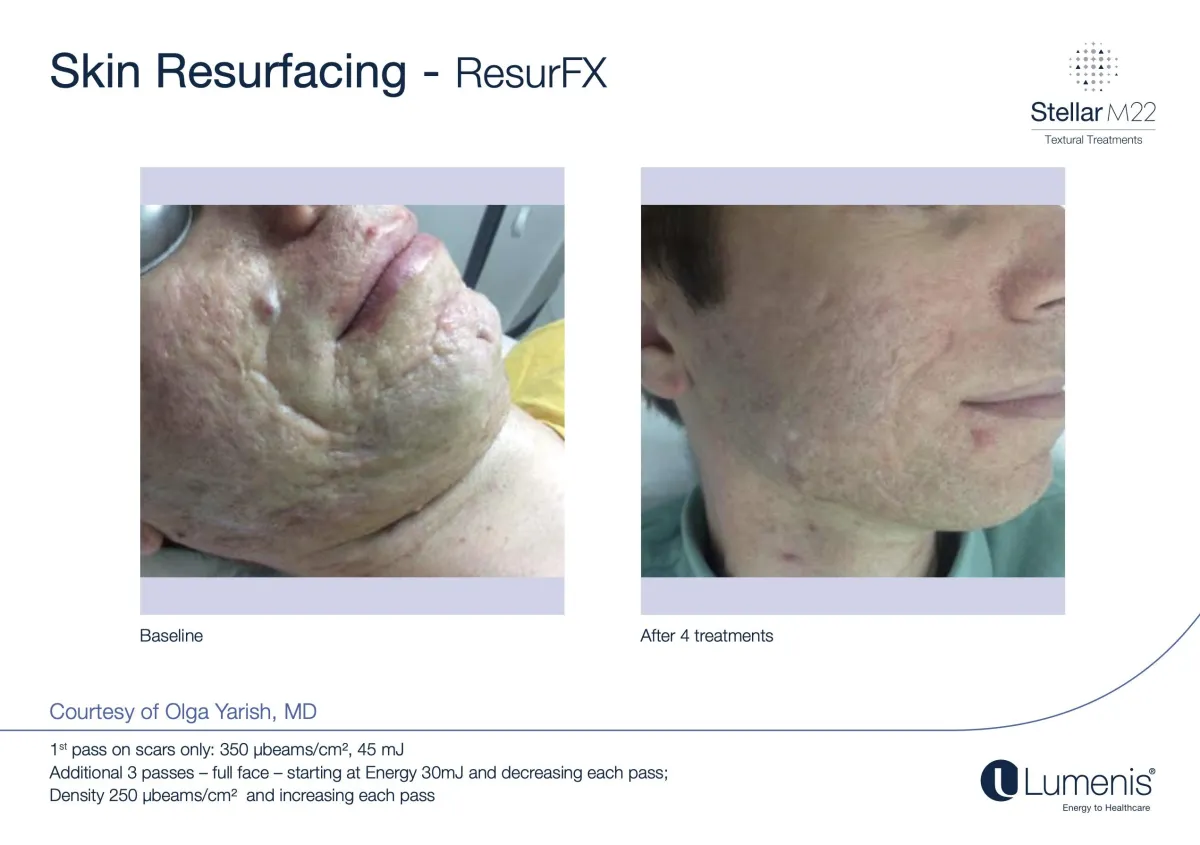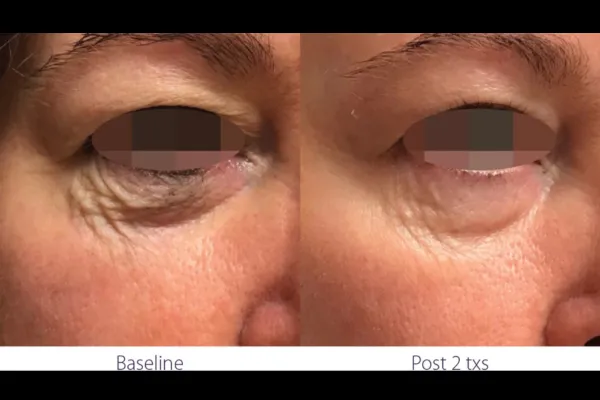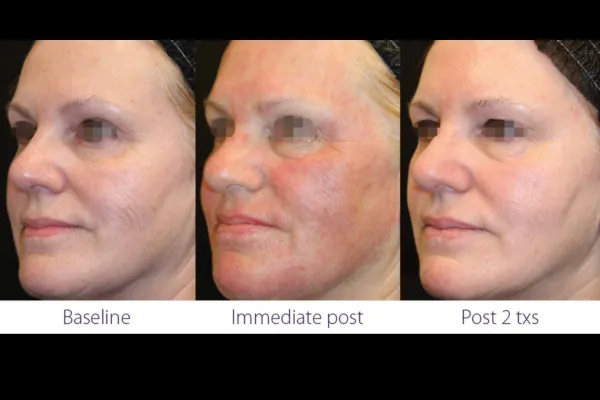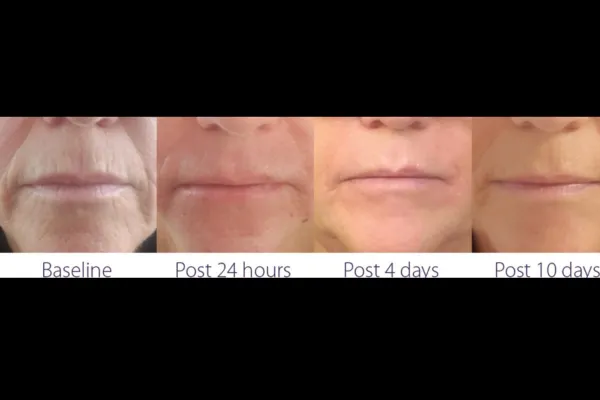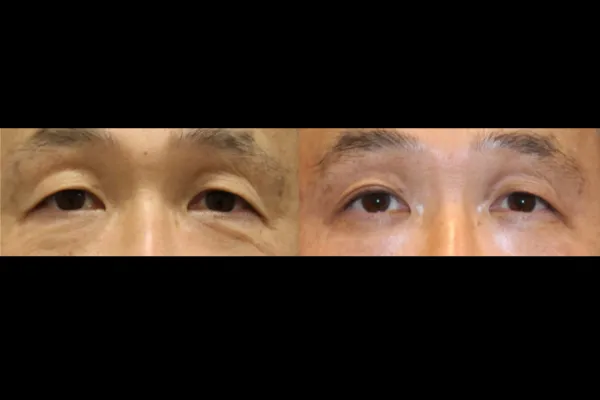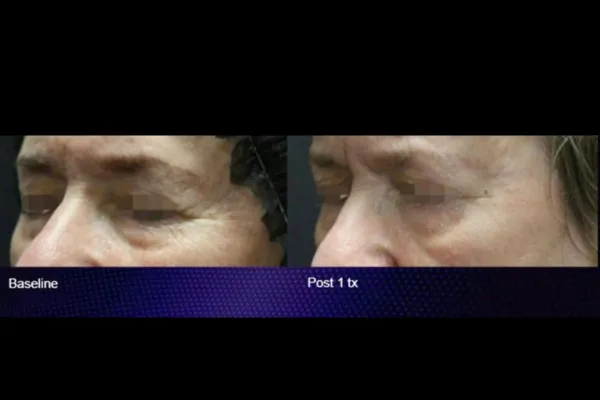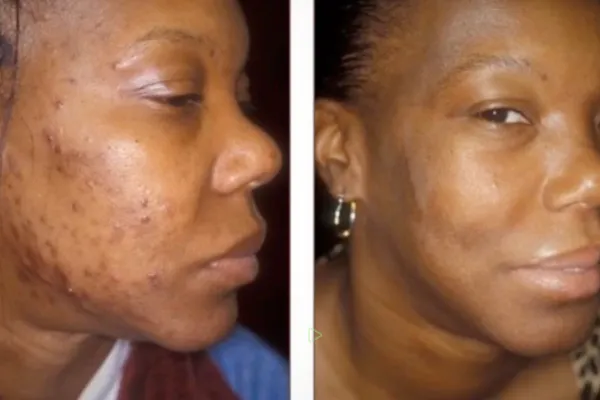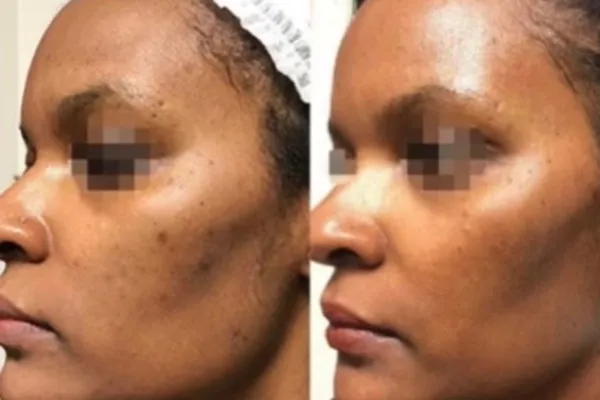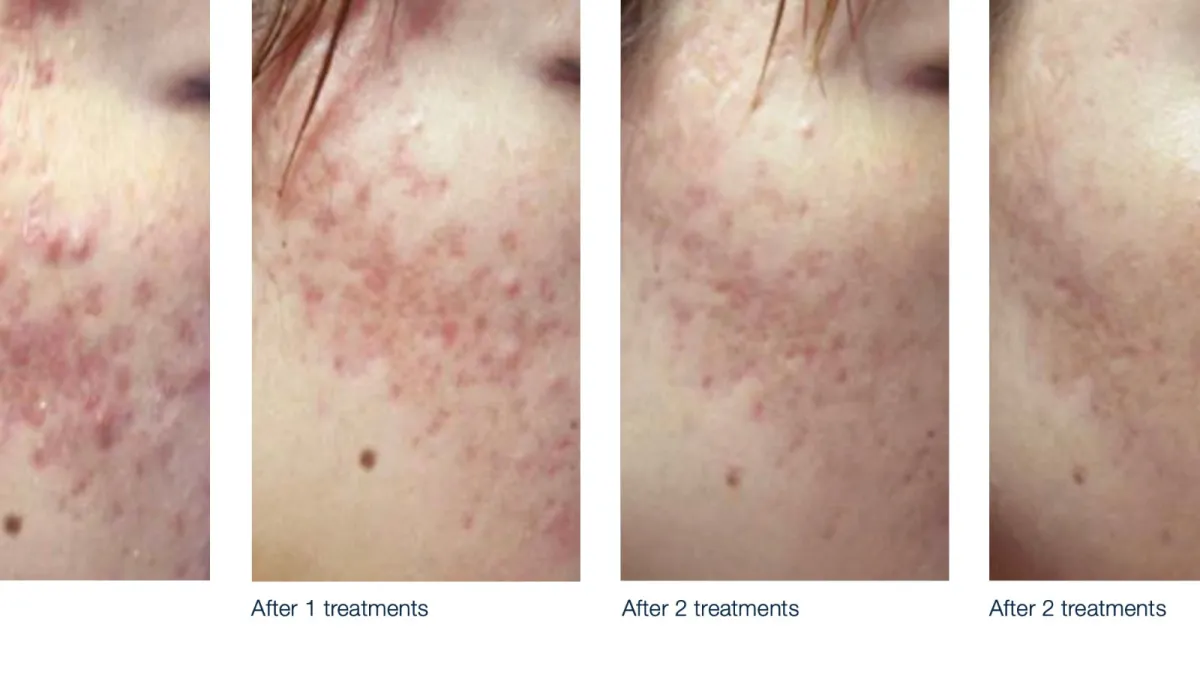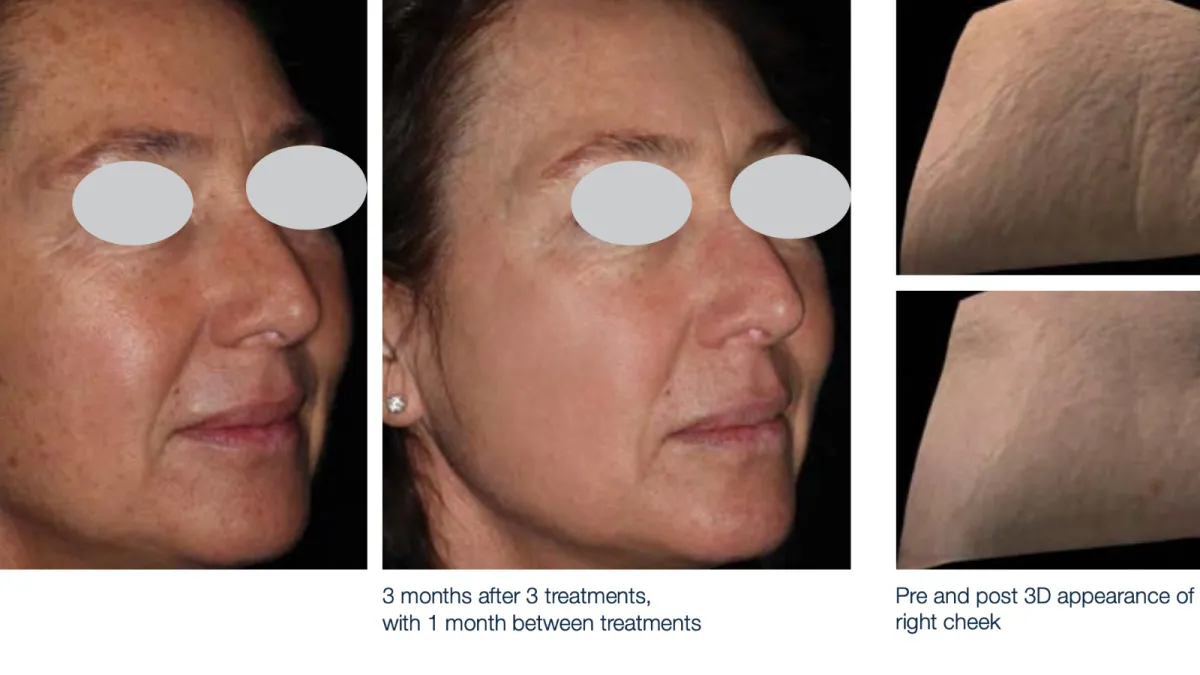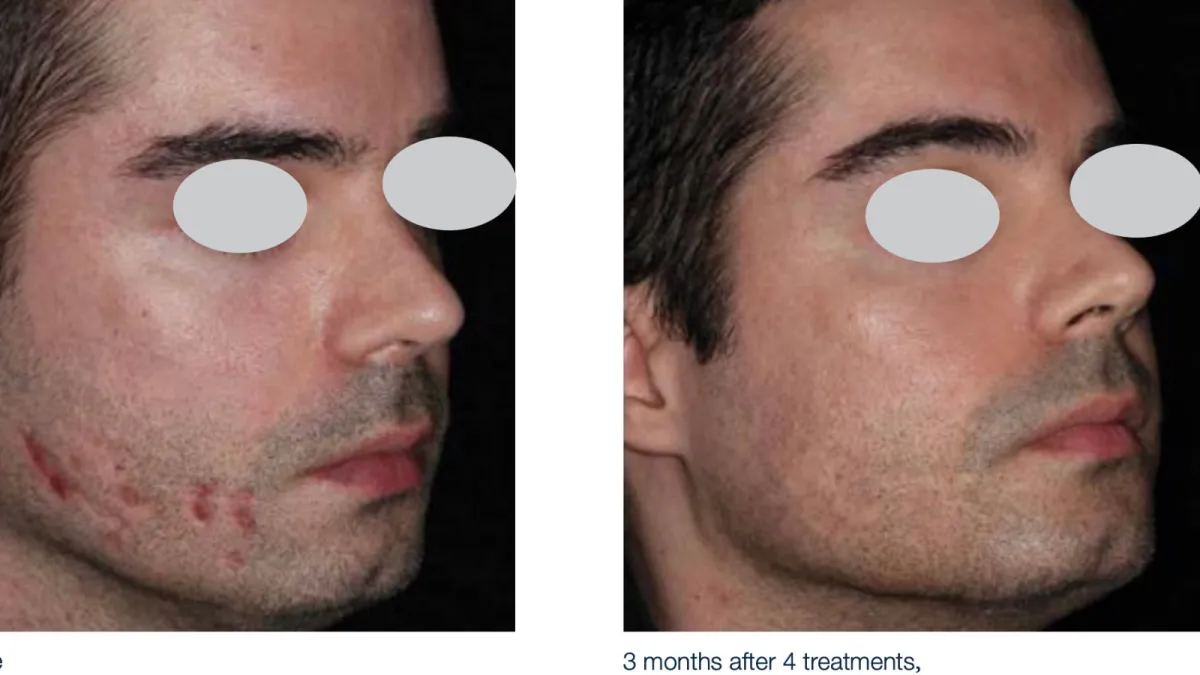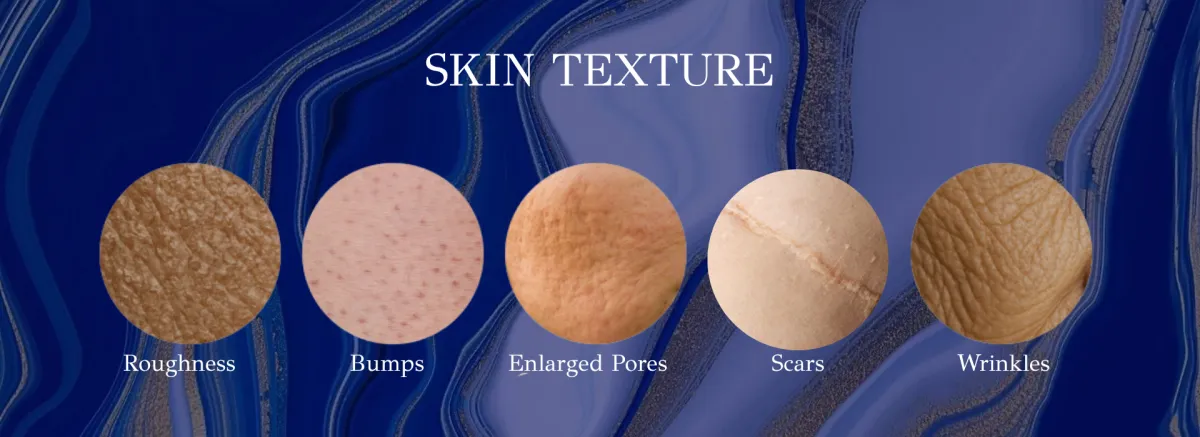
Wrinkles, Scars & Skin Texture in Greenwood, SC
The Wrinkle Eraser
Erasing Time~One Line at a Time
From fine lines to acne scars and rough texture — our advanced resurfacing treatments rebuild healthy, youthful skin from within
What is Texture & Wrinkle Treatment?
Breakthrough skincare methods have made it feasible for individuals to address tired skin, improving elasticity, and lessen scarring. Such progress has led to the holistic solutions that aim at not only diminishing the skin creases and reversing the damage, but also skin resurfacing. Our clinic begins with a thorough evaluation to tailor solutions aligning with your skin requirements. The treatment options that we offer include:
Non-invasive Treatment Options– we provide wrinkle-reduction options, such as Opus Plasma, Lumenis ResurFx, chemical peels, dermal fillers, Botox, RF Microneedling, Microchanneling, hydrofacials, and many more to give you your desired skin.
Why do Wrinkles Appear?
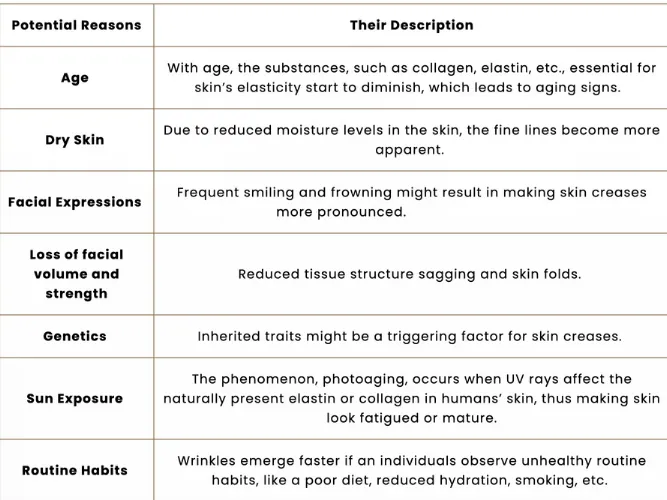
Scarring & Texture Restoration
Acne Scarring: A Common Struggle
Acne scars form when inflammation penetrates deeply into the skin, damaging collagen and elastin. As the skin tries to repair itself, it may produce too little collagen (causing depressions or pits) or too much (raised, fibrotic scars). These scars differ from simple post-acne redness — they represent true textural change.
Main Types of Scars:
Atrophic (indented) Scars-
Ice pick, boxcar, and rolling scars are the most common. These appear as small pits or shallow depressions where tissue loss has occurred.
Hypertrophic (Raised) Scars-
Thicker, elevated scars where excess collagen forms during healing.
Post-Inflammatory Pigment Changes-Flat dark marks often mistaken for scarring — these are pigment issues, not textural, but can be treated together. Much more common in those with pigmented skin types.
Redness is caused by increased production of pigment due to inflammation caused by an increased number of blood vessels in the scar tissue compared to the normal skin.

How much improvement can I expect to see?
It is impossible to fully eliminate acne scars no matter what treatment is used and the goal of treatment is to improve the appearance of the scar so that it is less noticeable. For acne scars 30-50% improvement is possible in some cases, however this will often require a course of treatment over several visits. Nevertheless even a modest improvement can be very noticeable.
Can you treat scars while acne is active?
It is not advisable to start treatment for acne scarring while acne is active as new scars will continue to form. Anyone suffering from acne scarring should aim to control the acne as the first priority.
Do acne scars improve with time?
Acne scars tend to improve for up to 18 months after acne has been treated. After this time it is unlikely that significant further improvement will occur and in fact it is not uncommon for patients to seek treatnent in middle age or later in life with acne scarring. As we age there is natural loss of volume and elasticity in the dermis and this can make acne scars more noticeable than they were at a younger age.
How long do you need to wait is using oral retinoids before treating scars?
Dermatologists have advised that procedures for the treatment of acne scarring are delayed for a period of at least a six months after completing treatment with oral retinoids due to concerns about poor healing and excessive scarring.
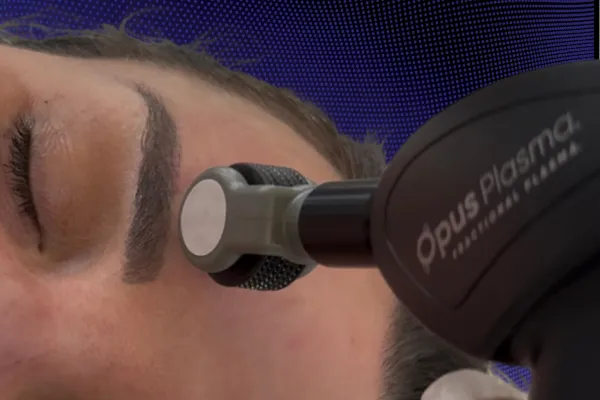
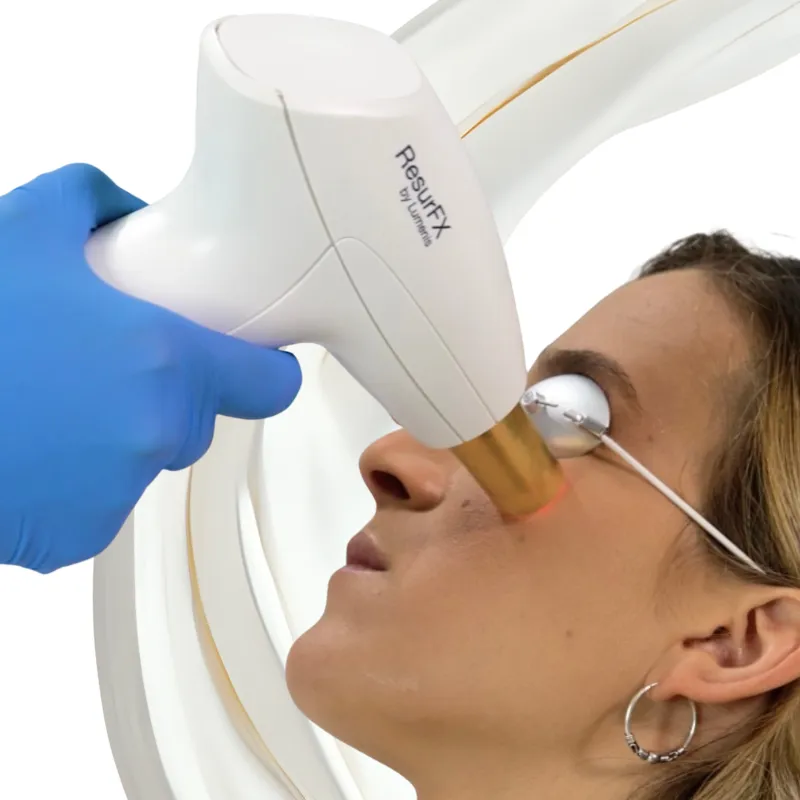
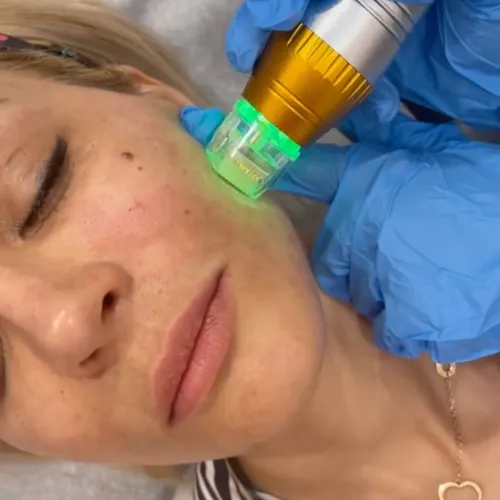

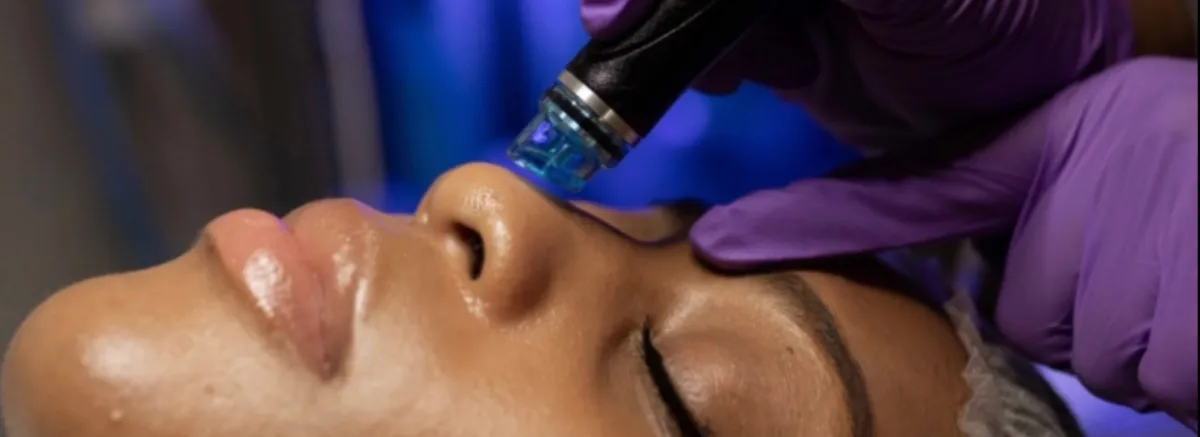



Best Time to Start Wrinkle & Texture Treatment?
The appropriate time is decided by keeping in consideration the diverse aspects, such as skin condition, genetics, lifestyle, and age. It can be attributed to the fact that few people notice the age-induced changes in their skin in their 20s, while others might notice them in their 30s. But what matters the most is to initiate the preventive approaches as soon as possible to reduce the occurrence of these skin-related complications. At our clinic, our specialists thoroughly assess the skin before recommending any treatment, and additional procedures might be advised by them to get the desired skin.

Fine Lines & Wrinkle Results
Exposure to coherent Energy Based Treatment modalities, microneedling, peels can not only removes wrinkles but also effectively fights many skin defects. It removes small scars, evens out skin tone, and removes pigmentation. It also narrows enlarged pores.
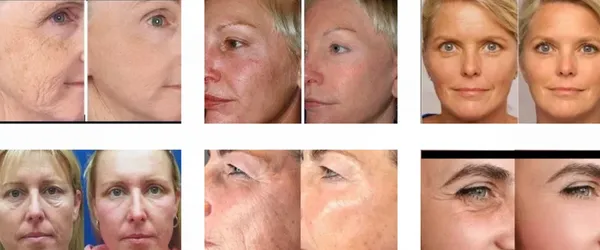
Benefits of Resurfacing Treatment?
After a series of resurfacing treatments, patients typically notice a progressive, natural renewal in their skin’s texture. Improvements are both textural and structural, targeting scars, wrinkles, and overall surface smoothness.
Patients typically observe:
-Smoother, more even skin surface
-Softening and blending of acne scars and depressions
-Diminished appearance of fine lines and etched wrinkles
-Firmer, tighter skin with improved elasticity
-Refined pores and more uniform texture
-Healthier, more radiant glow as collagen continues to remodel
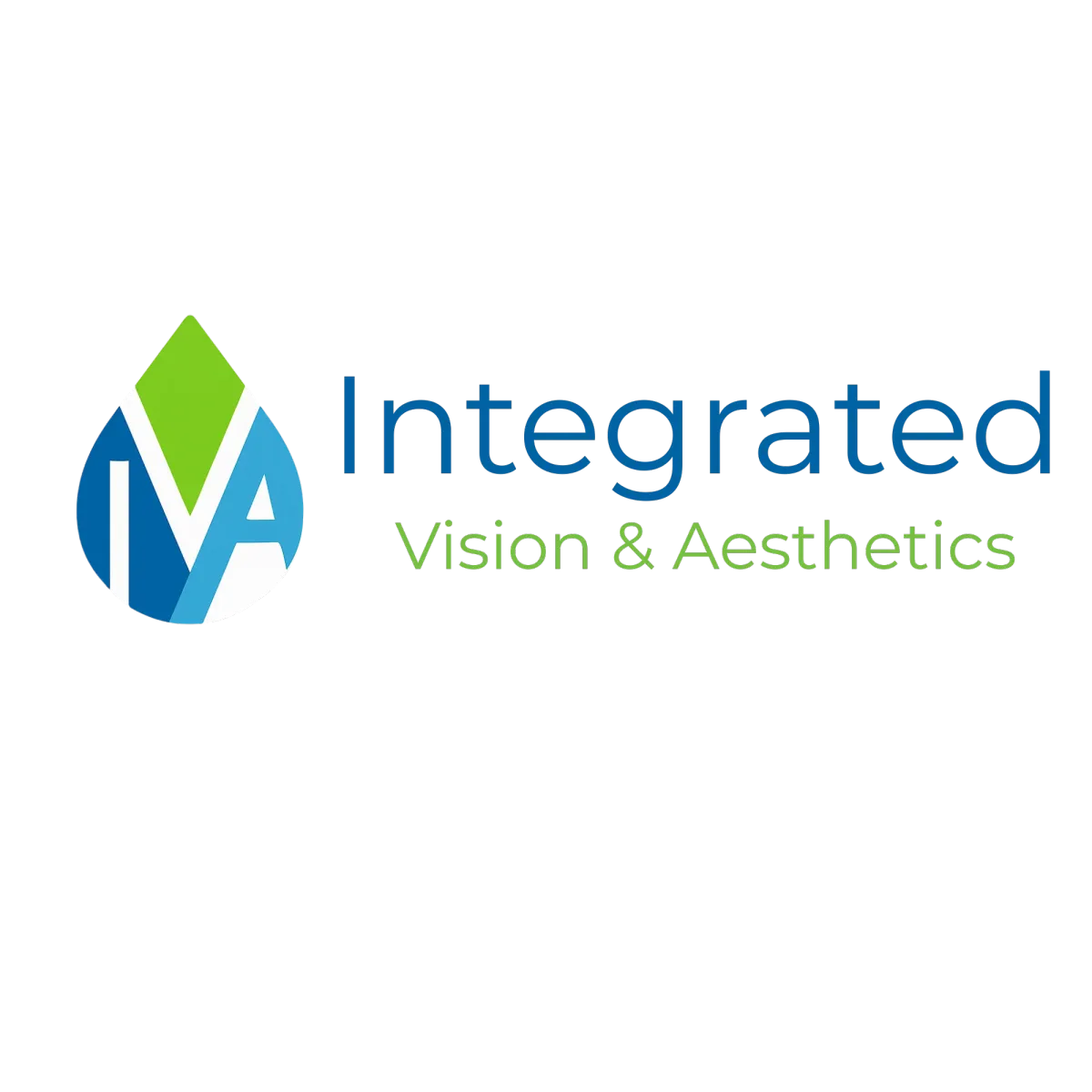
OFFICE HOURS
Monday: 9AM-5PM
Tuesday: 9AM-5PM
Wednesday: 9AM-5PM
Thursday: 9AM-5PM
Friday: 9AM-5PM
Saturday & Sunday: Closed
Copyright 2025.Integrated Vision Associates. All Rights Reserved.



